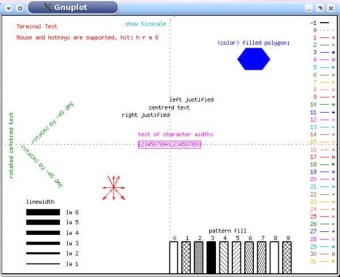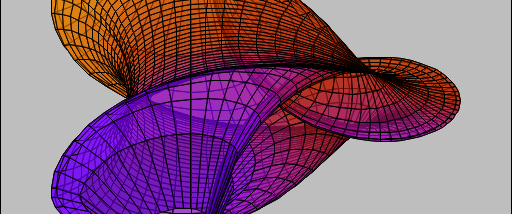

After some appropriate preprocessing (with MPtoPDF for this particular case) this file can be included in PDF documents. Will output a metapost document with colors and without dashed lines. Gnuplot support output in different formats with, for example \usemodule \starttext \externalfigure \stoptext Using other terminals tex file with externalfigure and svg conversion: Set title 'This is a plot of $y = \\sin (x )$' In LMTX we can use externalfigure for gnuplot files like this: \stopGNUPLOTscript \useGNUPLOTgraphic \useGNUPLOTgraphic Example with externalfigure Set format y ' %.1f' \stopGNUPLOTinclusions \startGNUPLOTscript # to prevent uneven numbering: will result in More complex example \usemodule \setupGNUPLOT % terminal=mp if you only have an old gnuplot at hand % general settings for the whole document \startGNUPLOTinclusions # you may use TeX commands to format the titles and axes

Set term context standalone size 15cm,10cm header '\usetypescript' font 'iwona,ss' 10dd
Gnuplot windows how to#
Here's an example of how to make a stand-alone ConTeXt document with one plot per page: įeel free to contact Mojca in case of problems. The latest version of context terminal is available at. If you want to use the released version, get it from sourceforge and do the same, just skip the. You can use other flags to configure for a different choice of GUI terminals.
Gnuplot windows install#
configure -prefix=$PWD/inst to avoid cluttering the system and install gnuplot to my personal directory. # unofficial you can also use official cvs If you want to use the version from trunk: If that version is too old, you need to compile your own. The easiest way is to use version 4.6.0 or later shipped by your distribution. You can fetch binaries from sourceforge (released versions) or from Tatsuro Matsuoka (latest cvs version). To use the ConTeXt terminal (recommended) Windows Please note: if calling gnuplot from cmd works for you, there is no need to do anything extra.

(if that was the binary name) and put that file to a "visible place" (has to be found in PATH). In case that the binary has a different name, you could create a file gnuplot.bat with something like: "C:\Program Files\gnuplot\bin\wgnupl32.exe" %* On Windows gnuplot.exe is usually also shipped and you need to make sure that it is in PATH. On most Linux installations this is probably already the case.


 0 kommentar(er)
0 kommentar(er)
